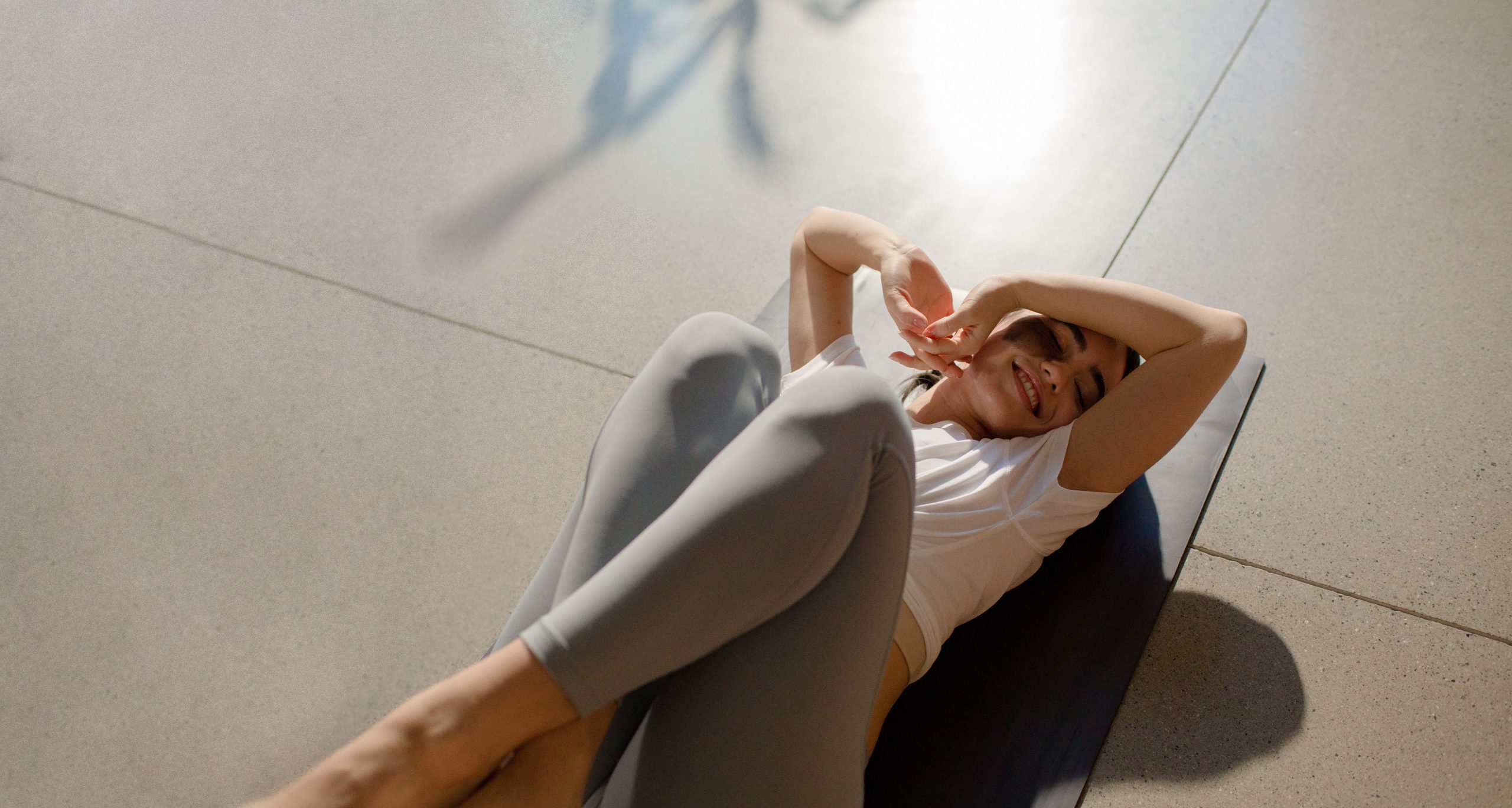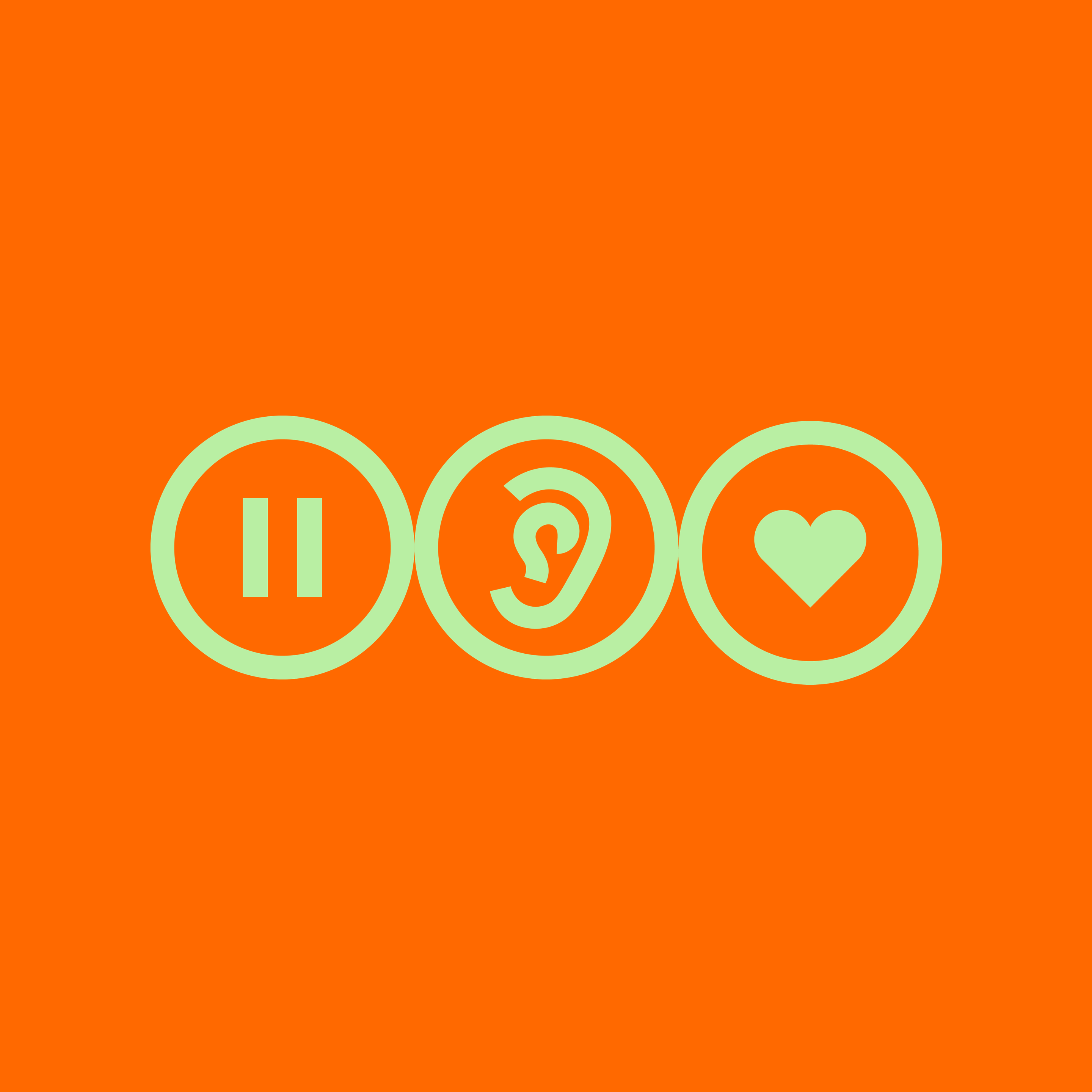Green juice, check. Ten thousand steps, check. Intermittent fasting, check. A totally dialed Wellness routine, check. Or so we thought.
Then, along came a global pandemic. Times became “unprecedented.” And everything we thought we knew about being well got turned on its head. And then turned again. And again. And again.
Collectively, we took a hard look at what we were calling “Wellness” and decided it was high time this definition pivoted, just like we did. Setting boundaries is no longer just something you do with a tricky relative—now we set boundaries at work, in relationships, around media consumption, and in nearly every other avenue of daily life. Body neutrality took over. Meditation became commonplace. Gut health is no longer taboo. A guided mushroom trip is the new prozac. Don’t even get us started on sourdough.
Monday’s north star and guiding principle since day one has been, “We build brands that enhance human potential,” which feels pretty on-the-nose with this new era of Wellness. But like everybody else, at Monday we’re re-thinking our relationships to Wellness, on both an individual and collective level. As the world began languishing, our leadership made some changes that just about saved us. We implemented Summer Fridays—yes, it’s exactly what it sounds like—to give the team some breathing room. People were encouraged to share small moments from their lives outside of work. A sense of community was fostered. Our team stepped delicately into this new era of Wellness together, and TBH, we’re pretty excited to see where it could take us.
So, what does this new era of Wellness mean for marketers and D2C brands? Buckle up, we’re going to walk you through everything you need to know about approaching post-pandemic Wellness, authentically.
Keep your vocab qualitative > quantitative.
Changing the narrative around Wellness starts with, well, a literal change of narrative. Let’s break this down a little. If you’re a technical apparel brand selling gear that helps facilitate movement it’s time to reframe the way you speak about the benefit of your gear. It should no longer be about results and achievement, but rather the feeling that the gear gives you. How does working out make you feel? How does eating healthy make you feel?
- Drop the binary language: good/bad, new/old, busy/lazy.
- Open up the conversation: ask questions, engage with your audience, make it human.
- Attach an emotion to your product—i.e. When they use X, they will feel Y.
- Results-oriented messaging is out, emotion-based messaging is in.
Live the lifestyle
People can sniff out a fake, especially when it comes to your content. Everything you share with your audience needs to come from a place of authenticity—a place of actual doing. At Monday, we call this Living the Lifestyle.
If you’re selling a product that encourages your customers to get moving outdoors, you should be trying to get outdoors too. If you’re telling your audience to slow down and enjoy the small moments, we want to see your nose in some roses, okay? Outdoor Voices does a killer job at living the lifestyle, recently having given their entire team (including retail stores) the day off to get outside and get recreational. Hermès—the infamous French fashion house—just launched a pop-up workout studio in Williamsburg that trades traditional workout bands for silk scarfs—giving us all a lesson in walking the walk.
Give a damn about your audience
We know, duh, but this cannot be overstated. Actually knowing (and caring) about your audience should be one of your first steps as a brand in this new era of Wellness.
Ask your audience: what are their Wellness goals? How do they find balance? What does inner Wellness mean to them? Start here.
Then, take it one step further. Here are just a few ideas of how you can further connect with your audience:
- Host events that align with your values—meditation groups, art shows, community runs, etc.
- Provide resources and create content that actually contributes to people living better, more well lives.
- Donate to local causes in your community that are spreading Wellness.
Satisfy Running knocked this out of the park during the pandemic by hosting an Ask Us Sh*t on Instagram every single week. Their community felt engaged. Satisfy got endless audience insights. A win-win if you ask us.
Get clear on your why
Consumers are demanding transparency from the brands they support now more than ever. They’re searching for authenticity and want to know who you are, what you do, how you do it, and what you care about. Communicating this effectively starts with brand positioning.
There’s no one-size-fits-all solution to Wellness. Being well isn’t something you can buy, sell or trade. It’s not prescriptive and oftentimes can feel frustratingly abstract. In that same vein, it’s also shocking how intuitive inner Wellness can be when you give yourself space to find what works for you. Move your body a little bit, often. Eat food that makes you feel good. Care about the people in your life. Be of service to others (even when it’s inconvenient). And most importantly, don’t be too hard on yourself. These personal epiphanies can translate into values for your brand. They can encourage your audience to think about their own relationship to Wellness, too.







